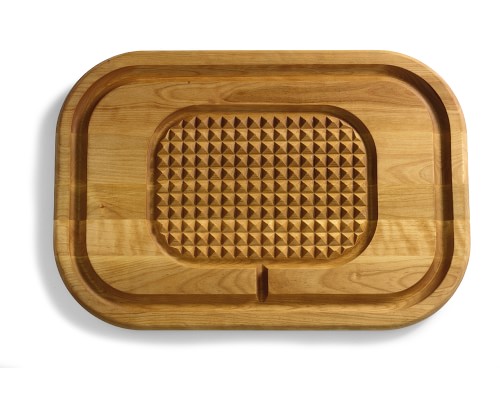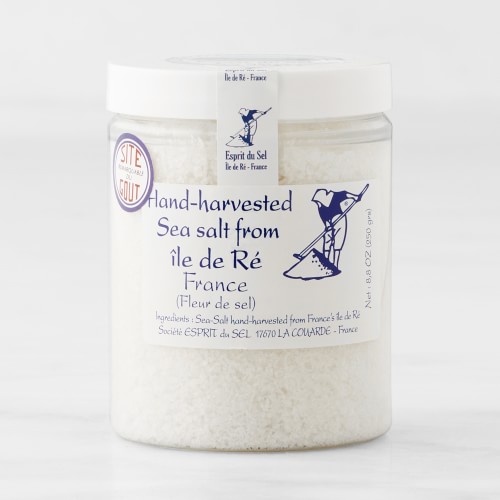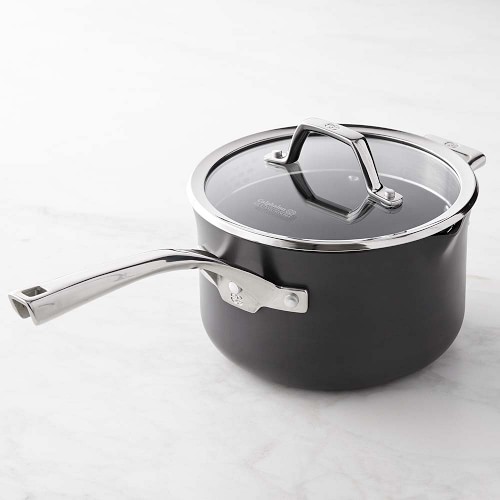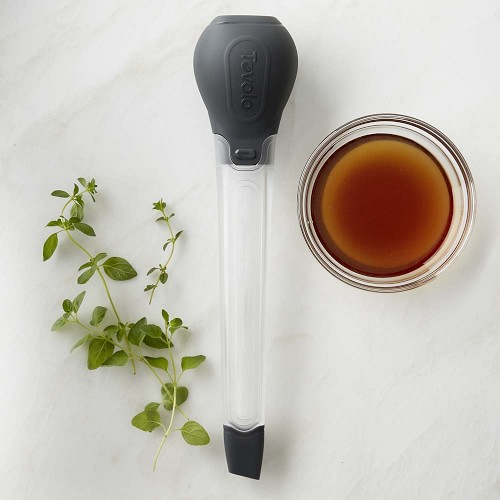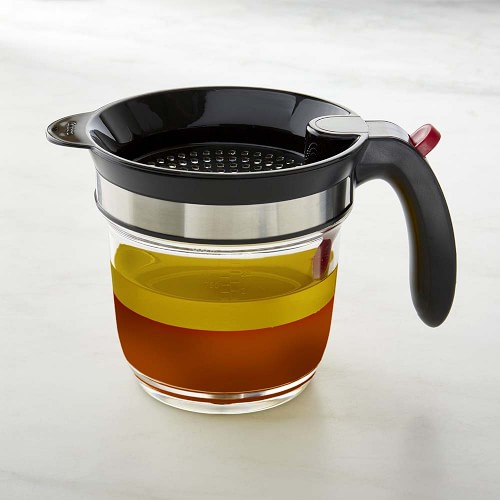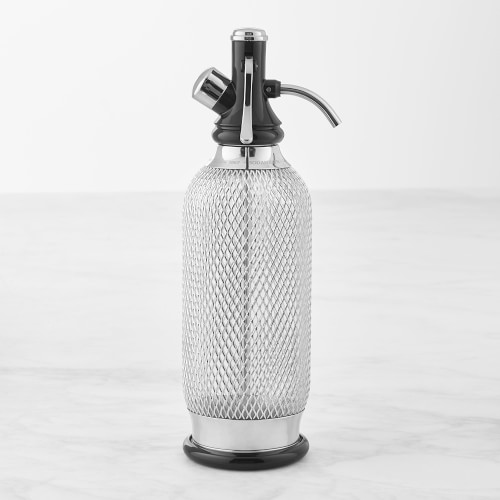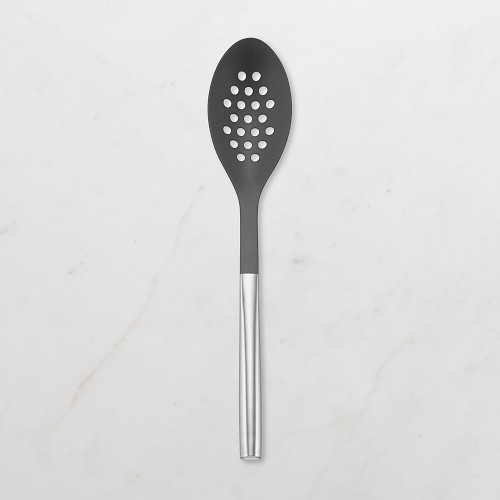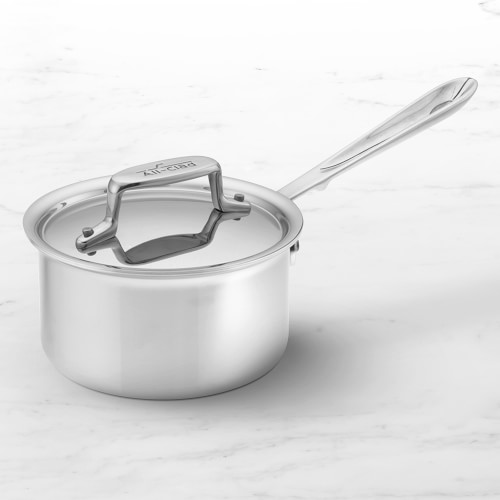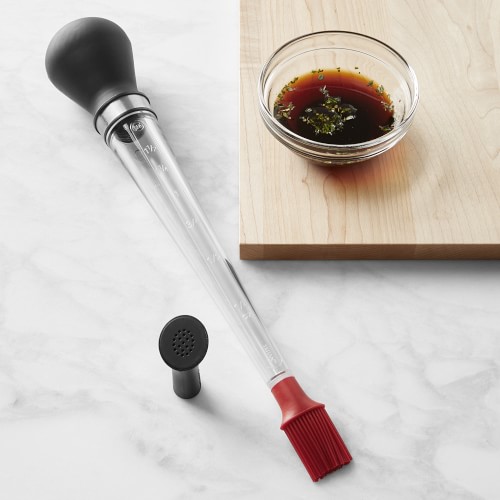
Roast Goose with Chestnut and Leek Stuffing
Prep Time:
15 minutes
Cook Time:
210 minutes
Servings:
8
Serves 8 to 10.
Sweet and rich, chestnuts are a perfect accompaniment to many holiday dishes. Unlike other nuts, they contain a high amount of starch and little oil, and so are often treated as a vegetable and almost always cooked. Preparing fresh chestnutswhich must be cooked, peeled and then cooked againtakes time and determination, but their superior flavor can be worth the effort. However, high-quality bottled chestnuts, especially those from France, are a good substitute and can be a great time-saver.
Ingredients:
- 1 goose, about 10 lb.
- Kosher salt, to taste
- 1 celery stalk with leaves, coarsely chopped
- 1 carrot, peeled and coarsely chopped
- 1⁄2 small yellow onion, coarsely chopped
For the stuffing:
- 1 1⁄2 lb. fresh chestnuts or 4 cups drained
bottled chestnuts - Kosher salt, to taste
- 1 bay leaf, if using fresh chestnuts
- 3 Tbs. unsalted butter, plus 4 Tbs. (1/2 stick)
unsalted butter, melted - 2 large leeks, white and light green portions,
chopped and rinsed - 2 cups coarse fresh bread crumbs
- 1⁄4 cup minced fresh flat-leaf parsley
- 1 tsp. fine sea salt
- 1/2 tsp. freshly ground white pepper
- 1⁄2 tsp. dried thyme, crumbled
- About 1 cup chicken stock or prepared
low-sodium chicken broth, if using
bottled chestnuts - 1⁄3 cup dry white vermouth
- 1⁄3 cup brandy, dry Marsala or Madeira
Directions:
Remove the neck and giblets from the goose; rinse them and set aside. Remove any excess fat from the body cavity. Rinse the goose inside and out under cold running water. Pat dry with paper towels inside and out. Season the neck and body cavity with kosher salt. Set aside at room temperature while making the stock.
To make the goose stock, in a saucepan, combine the neck, heart and gizzard with the celery, carrot and onion. Add water to cover, about 3 cups, and a pinch of kosher salt. Bring to a simmer over low heat and cook, uncovered, until well flavored, about 30 minutes. Strain, reserving the stock and discarding the giblets. Cook the liver in a small saucepan of salted simmering water for 10 minutes; drain and let cool. Chop finely.
Meanwhile, make the stuffing: If using fresh chestnuts, cut an X in the flat side of each one with a small, sharp knife. Put the chestnuts in a saucepan of cold water, bring to a boil over high heat and cook for 1 minute. Remove from the heat. Using a slotted spoon, remove 2 or 3 chestnuts at a time and peel off their shells and inner skins. Return any that cant be peeled to the hot water; after the others have been peeled, boil them again for 1 minute and peel. Transfer the peeled chestnuts to a saucepan and add water to cover by 1 inch. Add a pinch of kosher salt and the bay leaf. Bring to a low simmer, cover and cook until the chestnuts are cooked through but still firm, about 45 minutes. Drain, reserving the cooking liquid. Let the chestnuts cool to the touch, then chop coarsely and set aside. If using bottled chestnuts, chop coarsely and set aside.
Preheat an oven to 425°F.
In a fry pan over medium heat, melt the 3 Tbs. butter. Add the leeks and sauté until translucent, 2 to 3 minutes. Transfer the leeks to a large bowl, add the chestnuts, bread crumbs, chopped goose liver, parsley, melted butter, sea salt, white pepper and thyme. Stir in as much of the reserved chestnut-cooking liquid or chicken stock as needed to make a moist mixture. Pack the stuffing loosely into the body cavity of the goose. Truss the goose.
Using a fork, prick the skin on the thighs, back and lower breast, but do not pierce the flesh. Place the goose, breast side up, on a rack in a flameproof roasting pan. Roast the goose for 15 minutes, then reduce the oven temperature to 350°F. Roast for 2 1/2 to 3 hours more, basting the goose every 30 minutes with 1/4 cup boiling water (to help melt the fat beneath the skin) and siphoning off the fat in the pan bottom with a bulb baster. An instant-read thermometer inserted into the thickest part of the breast, away from the bone, should register 165°F, and the juices should run clear when a thigh is pierced with a knife. Do not overcook. Transfer the goose to a carving board, remove and discard the string, and cover loosely with aluminum foil while making the sauce.
Pour the drippings from the roasting pan into a large fat separator or glass measuring pitcher. Let the fat rise to the surface, then pour or spoon off as much fat as possible. Float a piece of paper towel on the surface to absorb the remaining fat. Return the degreased liquid to the pan. Place the pan over 2 burners and turn the heat to medium. Add the vermouth and stir to scrape up the browned bits from the pan bottom. Add about 2 cups of the reserved goose stock and cook, stirring frequently, until reduced to a flavorful sauce. Stir in the brandy and cook for 2 to 3 minutes. Taste and adjust the seasonings.
Carve the goose and serve with the sauce and stuffing.
To make the goose stock, in a saucepan, combine the neck, heart and gizzard with the celery, carrot and onion. Add water to cover, about 3 cups, and a pinch of kosher salt. Bring to a simmer over low heat and cook, uncovered, until well flavored, about 30 minutes. Strain, reserving the stock and discarding the giblets. Cook the liver in a small saucepan of salted simmering water for 10 minutes; drain and let cool. Chop finely.
Meanwhile, make the stuffing: If using fresh chestnuts, cut an X in the flat side of each one with a small, sharp knife. Put the chestnuts in a saucepan of cold water, bring to a boil over high heat and cook for 1 minute. Remove from the heat. Using a slotted spoon, remove 2 or 3 chestnuts at a time and peel off their shells and inner skins. Return any that cant be peeled to the hot water; after the others have been peeled, boil them again for 1 minute and peel. Transfer the peeled chestnuts to a saucepan and add water to cover by 1 inch. Add a pinch of kosher salt and the bay leaf. Bring to a low simmer, cover and cook until the chestnuts are cooked through but still firm, about 45 minutes. Drain, reserving the cooking liquid. Let the chestnuts cool to the touch, then chop coarsely and set aside. If using bottled chestnuts, chop coarsely and set aside.
Preheat an oven to 425°F.
In a fry pan over medium heat, melt the 3 Tbs. butter. Add the leeks and sauté until translucent, 2 to 3 minutes. Transfer the leeks to a large bowl, add the chestnuts, bread crumbs, chopped goose liver, parsley, melted butter, sea salt, white pepper and thyme. Stir in as much of the reserved chestnut-cooking liquid or chicken stock as needed to make a moist mixture. Pack the stuffing loosely into the body cavity of the goose. Truss the goose.
Using a fork, prick the skin on the thighs, back and lower breast, but do not pierce the flesh. Place the goose, breast side up, on a rack in a flameproof roasting pan. Roast the goose for 15 minutes, then reduce the oven temperature to 350°F. Roast for 2 1/2 to 3 hours more, basting the goose every 30 minutes with 1/4 cup boiling water (to help melt the fat beneath the skin) and siphoning off the fat in the pan bottom with a bulb baster. An instant-read thermometer inserted into the thickest part of the breast, away from the bone, should register 165°F, and the juices should run clear when a thigh is pierced with a knife. Do not overcook. Transfer the goose to a carving board, remove and discard the string, and cover loosely with aluminum foil while making the sauce.
Pour the drippings from the roasting pan into a large fat separator or glass measuring pitcher. Let the fat rise to the surface, then pour or spoon off as much fat as possible. Float a piece of paper towel on the surface to absorb the remaining fat. Return the degreased liquid to the pan. Place the pan over 2 burners and turn the heat to medium. Add the vermouth and stir to scrape up the browned bits from the pan bottom. Add about 2 cups of the reserved goose stock and cook, stirring frequently, until reduced to a flavorful sauce. Stir in the brandy and cook for 2 to 3 minutes. Taste and adjust the seasonings.
Carve the goose and serve with the sauce and stuffing.
Serves 8 to 10.
Adapted from
Williams-Sonoma Collection Series,
Christmas,
by Carolyn Miller
(Simon & Schuster, 2003).







